A fellow researcher texted me last week to see if I had a couple of articles on Florence Stratton, one from 1975 and the other from 1980. I looked, and I found that I did have the one from 1975, but not the other. Unfortunately, the Beaumont Enterprise issues after 1940 are not available on Genealogybank.com. I believe you can search the Beaumont Journal up to the 1970s, but there are only a few mentions of her there. I don’t know if any other newspaper archive has the Beaumont Enterprise digitized, but if you see one, hit me up! Rediscoveringsetx@gmail.com
Laura Young wrote the article from 1980, which has some good crumbs from the past in it, although it states that the town of Florence in Williamson County, Texas, was named after Florence Stratton. Of course, this isn’t true because the town was founded in 1858, twenty-three years before Florence was born. At the time, I dismissed this and thought that Eunice might have been wrong; but as I reread the article, I developed a different view of what might have happened. The reporter most likely put two and two together and came up with a fractional number because that sometimes happens when you interview someone. I’ve done a few interviews, and occasionally, when you tell them “this, that, and the other thing,” they’ll only use “that” and forget about “this and the other thing.” I do get that there’s a deadline, but get the story right. I will also state that some researchers have also been guilty of this in the past. So, as Bill Quick would often say, you need at least three sources, not one. I’m not perfect, but this is the rule I follow.
As I said, the 1980 article does have some spot-on facts and some nuggets of oral history that researchers and historians can use. The people interviewed knew Florence, so they can give us a behind-the-scenes account of who she was—a phrase she would say, how she wore her hat, or how people reacted to her. This is all of great importance when researching someone who was not in the limelight. I began my journey researching Florence in 2012, and I have a decent database on her life, which allows me to say that she never put herself on a pedestal. Florence made others feel like they were the talk of the town. I guess this is why, initially, I had so much trouble finding anything about her.
The article from 1975 was written by Susan Gilbert, and it has a lot of the same information on Florence’s life as the other article. It has Eunice, her niece, along with others who knew her, telling stories. One thing this article has that the 1980 one doesn’t is that it mentions the railroad station/town (there is even the same photo) but not Williamson County. There is no mention of a location. But we know now, and we have a map to back up this information. I’m not patting myself on the back for finding the map; I’m just saying this out loud to get Mr. Quick’s approval, as I put him on the research pedestal. I only know him through his research and from stories told at the Historical Commission. I guess it’s just a coincidence that my first meeting as part of the commission was a year to the day after he passed away. I didn’t know him personally, but we share some of the same goals for how SETX historical preservation should be done. Everything happens for a reason, and I will fly this flag! (I keep it right beside my Queen’s Park Rangers pennant, even though they lost to Watford 4-0 on opening day. Sigh.)
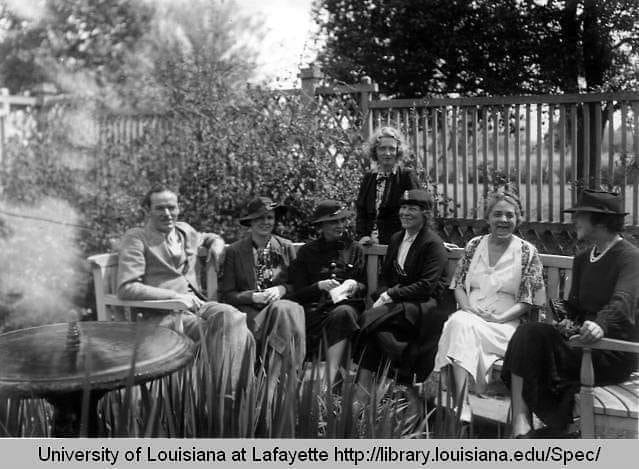
My research journey began in 2012, and it’s been hard to find details on Florence’s personal life. It took me fifteen months to figure out her birthday, and what about her birth year? It took one mention in the 1900 census and a letter donated to the Tyrrell Historical Library penned by the ten-year-old Emily Stratton, Florence’s older sister, and addressed to her father, Asa, in February 1883. (Asa E. Stratton Jr. was a Texas senator from 1883 to 1884.) At the end of this letter, Emily writes that Florence can say her name. If you read all the earlier research, it states that Florence was born in 1883. I have no idea where that information came from (maybe Eunice, her niece?). I have no idea, but I also have six mentions in Susie Spindletop’s Weekly Letter that her birthday was on the spring equinox, and two mentions when her article came out on March 21 saying that this was her birthday.
After reviewing my database on Florence, I realized that I need to look into her father’s history more. I believe this will explain her friendship with Willie Cooper, the daughter of Sam Cooper. Both Asa and Sam served in the Texas Senate in 1883 and 1884, but Asa Stratton resigned in the latter year. Sam Bronson Cooper was from Woodville, and Asa Stratton was from Brazoria County; their daughters were best friends in their adult years. We can also add William P. Hobby (from Woodville) to this mix because all three were together in the early days. There is a lot of history to uncover here, but since this is the eleventh year of my research, it may take a while.
Speaking of taking a while, Florence penned or played a part in publishing five books. The Story of Beaumont (1923) was her baby and her most popular volume here in SETX, but republishing O. Henry’s articles in book form in 1923 made her at least $10,000 thanks to W. P. Hobby, who owned the Houston Post at the time O. Henry (a.k.a. William Sidney Porter) wrote his columns.
To me, Favorite Recipes of Famous Women, published in 1925, has the best foreword. Florence was mad because some man had published a book called Famous Recipes of Famous Men, and she was determined to set the record straight about the recipes in his book—even at the expense of her dog. But she did give it a military funeral! I always thought that Willie Cooper, Hobby’s first wife, collected the recipes for this book when she lived in the governor’s mansion in Austin. I guess being a first lady has its advantages. Willie was a socialite, and as the daughter of Sam Bronson Cooper, she was pretty good at schmoozing with the elite. I believe most of the recipes were from Willie. However, in the 1975 article, Eunice said that Florence “wrote to persons asking for recipes even though she had never met them.” I guess this is why there are a lot of “motion picture stars” in the book, such as Gloria Swanson and Mary Pickford. But let us give a big shout-out to Mrs. Thomas Edison for her cheese soufflé in ramekins and, of course, to a former congresswoman from Oklahoma for her recipe for boiled potatoes.
Florence Stratton’s next book, The White Plume, was published in 1931 but copyrighted in 1928. I thought this was odd until I found out the reason. The book was cowritten by Vincent Burke, sports editor at the Beaumont Enterprise, and was first published in the July 1928 issue of Bunker’s Monthly. This magazine only lasted about two years. I paid more for it than the original price of five cents, but it answered a big question in Florence’s story.
When the Storm God Rides: Tejas and Other Indian Legends was published in 1936; it was used as a textbook in this area for years. Florence’s friend Bessie Reid wrote the book, and Florence contributed the foreword. Most know Bessie as the author of the story of Kisselpoo, which was published in the Port Arthur News on July 1, 1923.
It’s amazing just how much you can get out of two articles based on oral history along with eleven years of research. It’s not perfect, but we are getting there. I believe that everyone I mentioned should be researched more, but doing so takes time, money, and the drive to delve into history. I’ll continue to do this, but can I actually get a solid team that doesn’t lose to Watford 4-0 on opening day?
Until next week, Della.

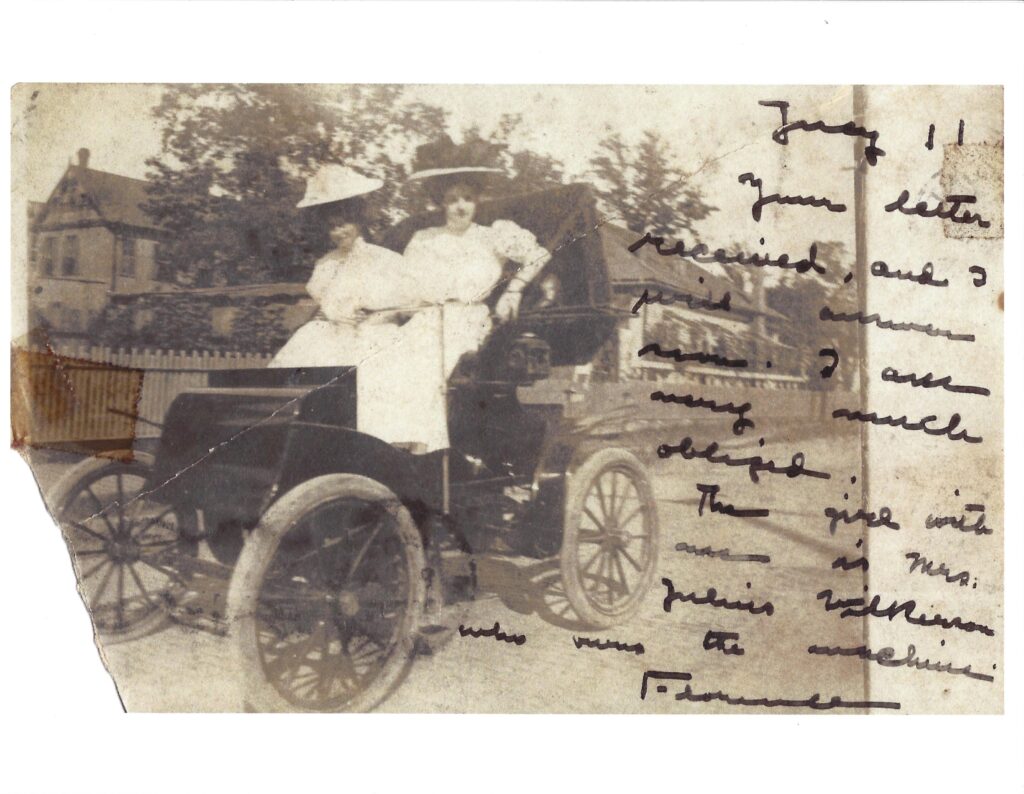
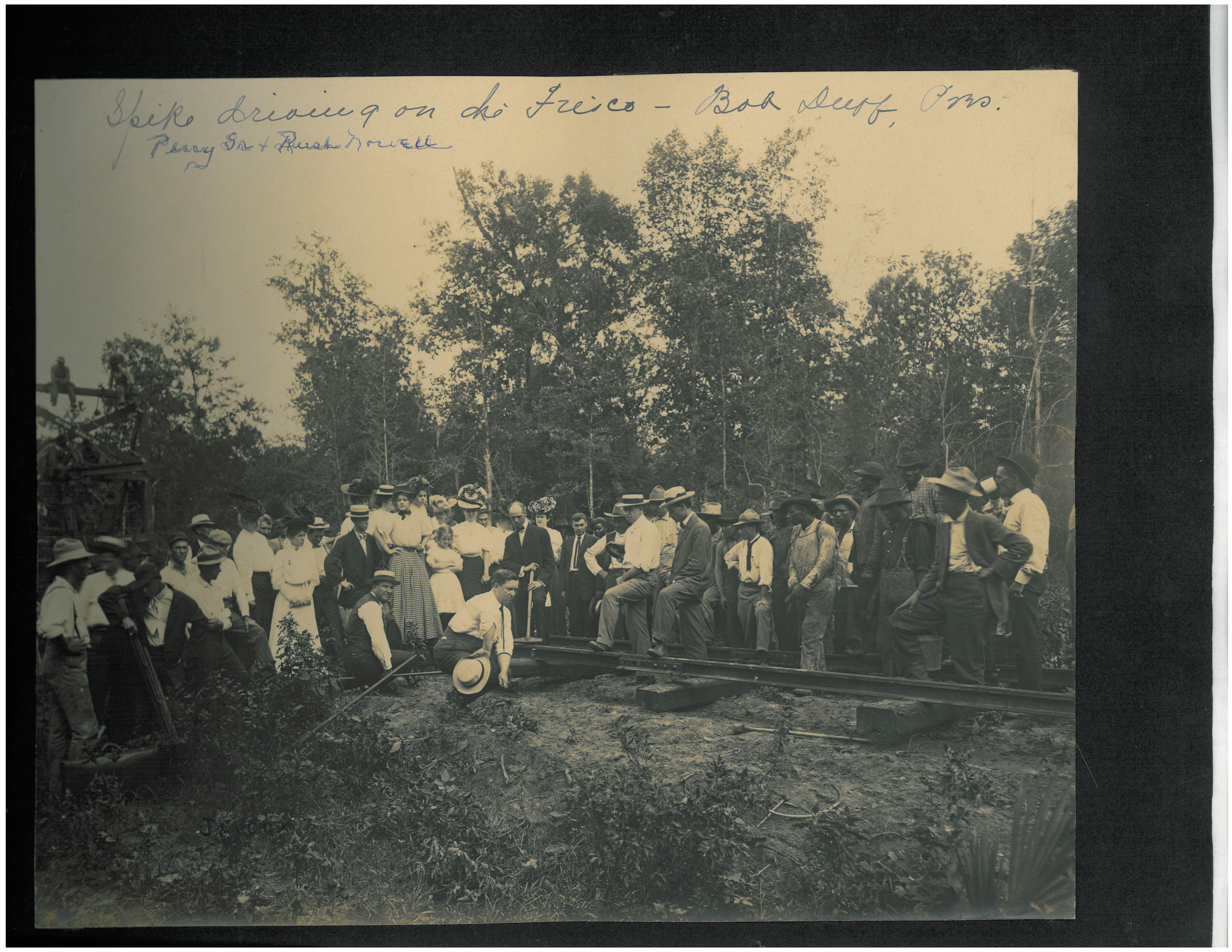
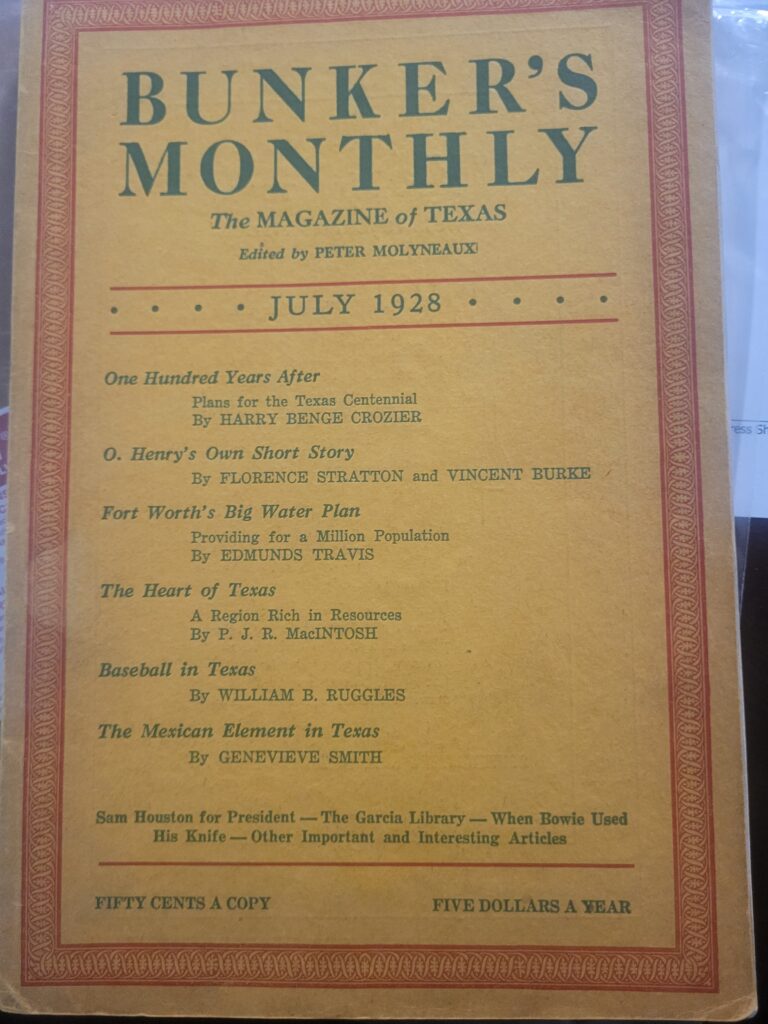


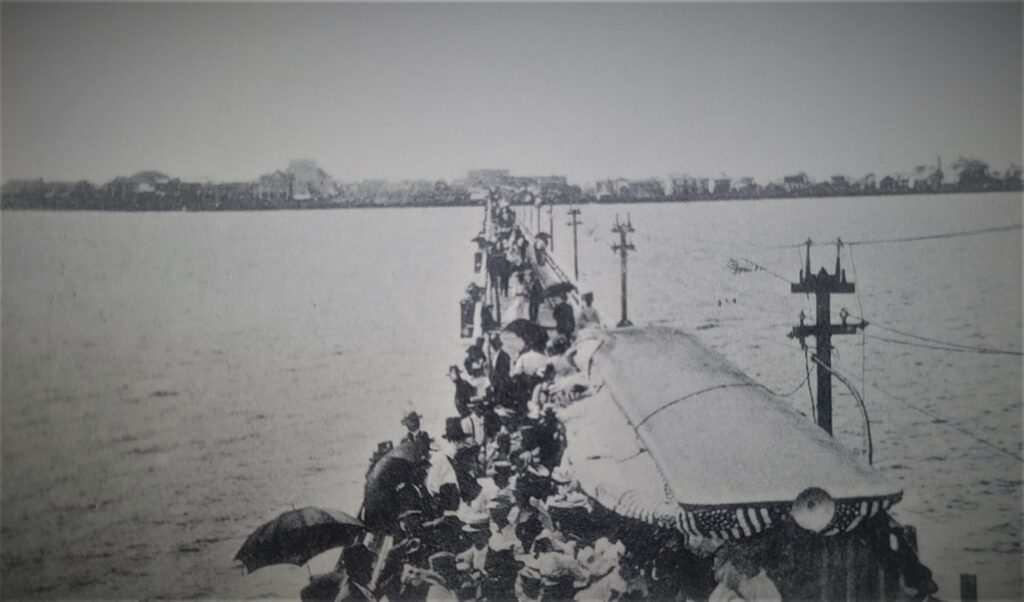
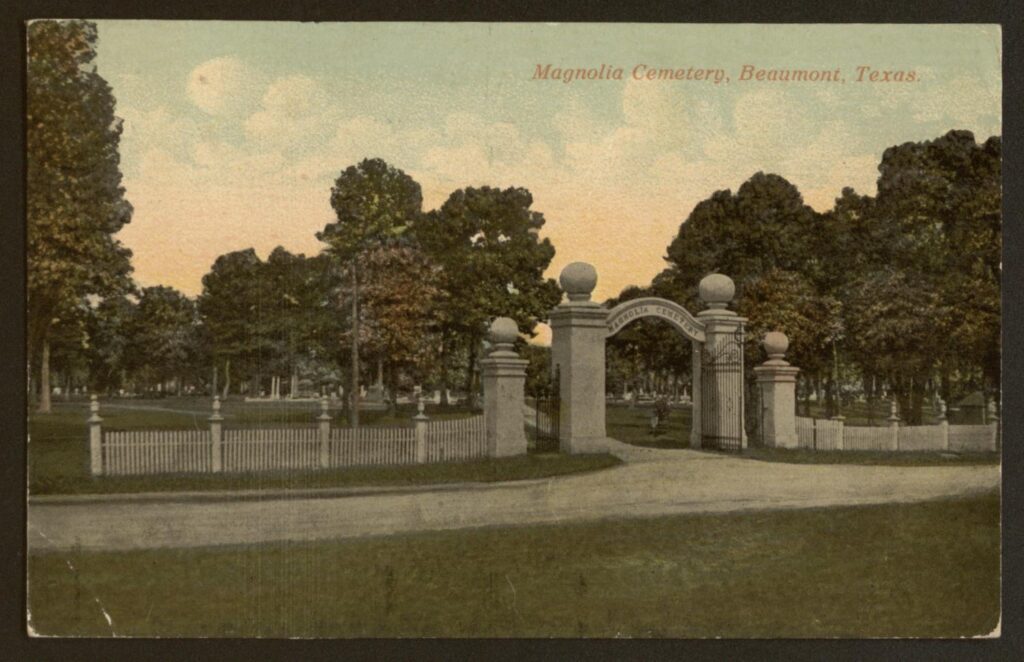
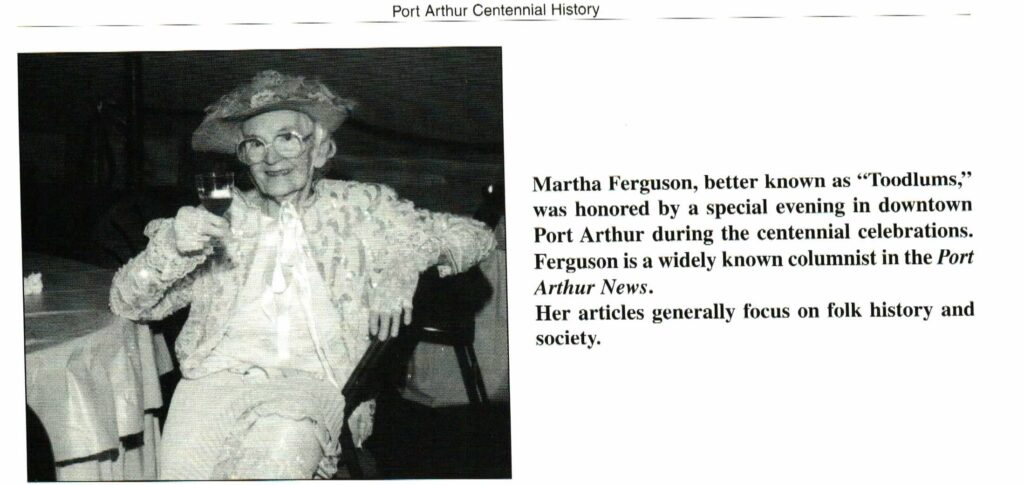
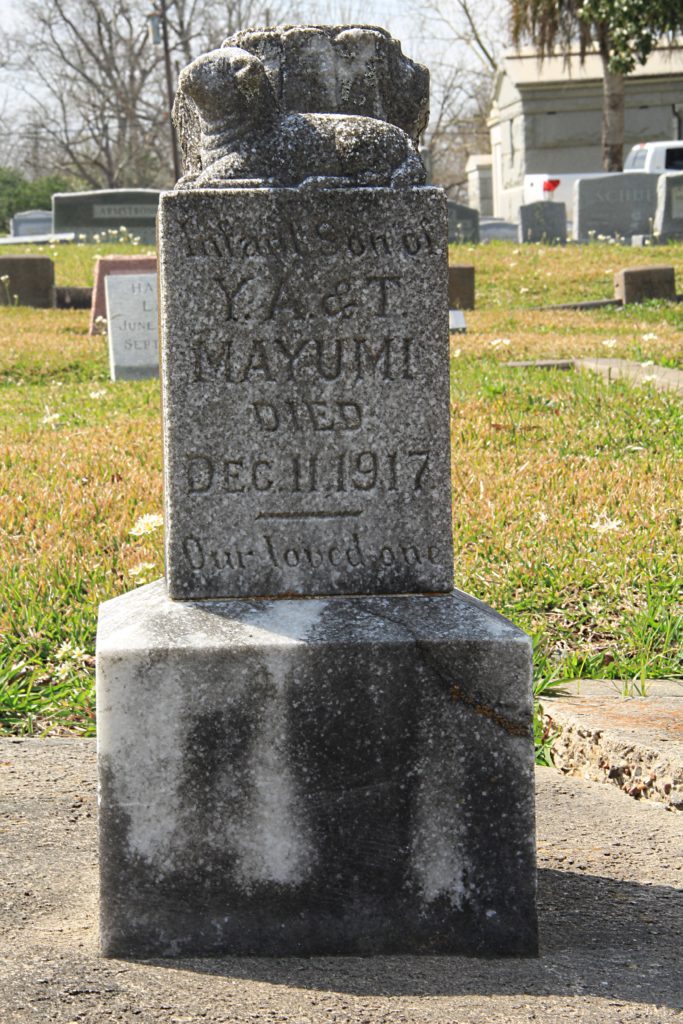
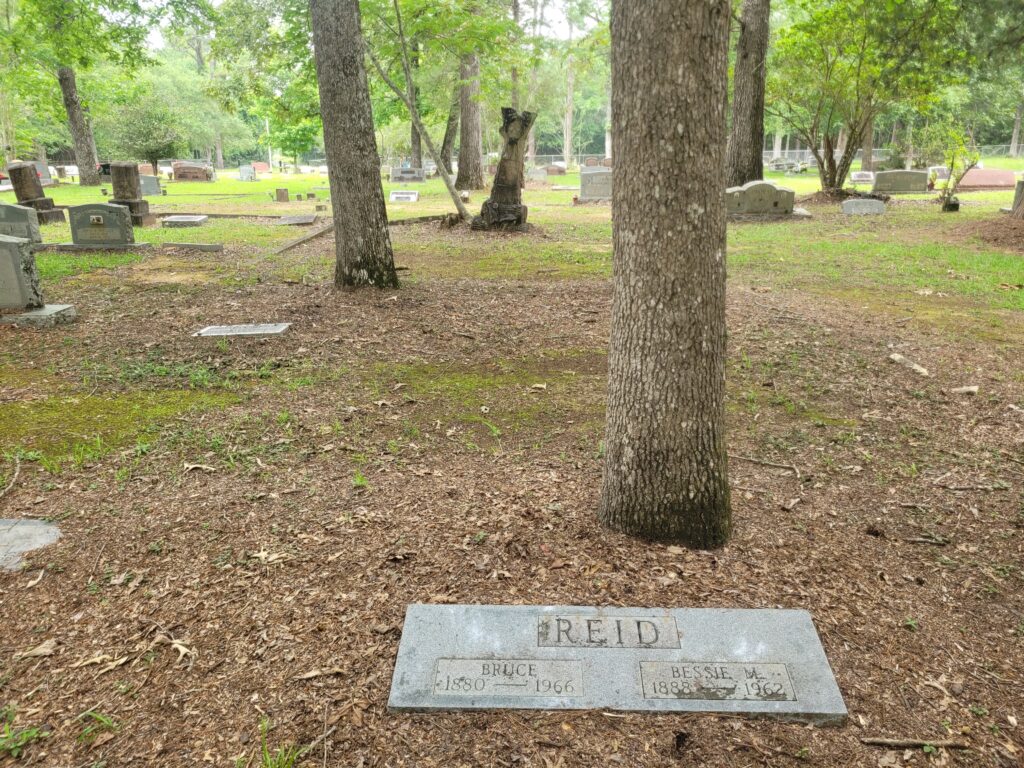
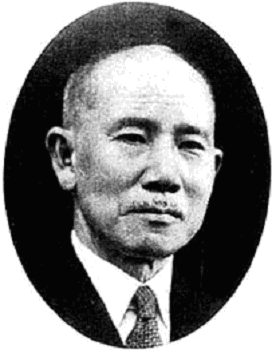
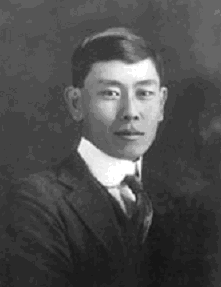
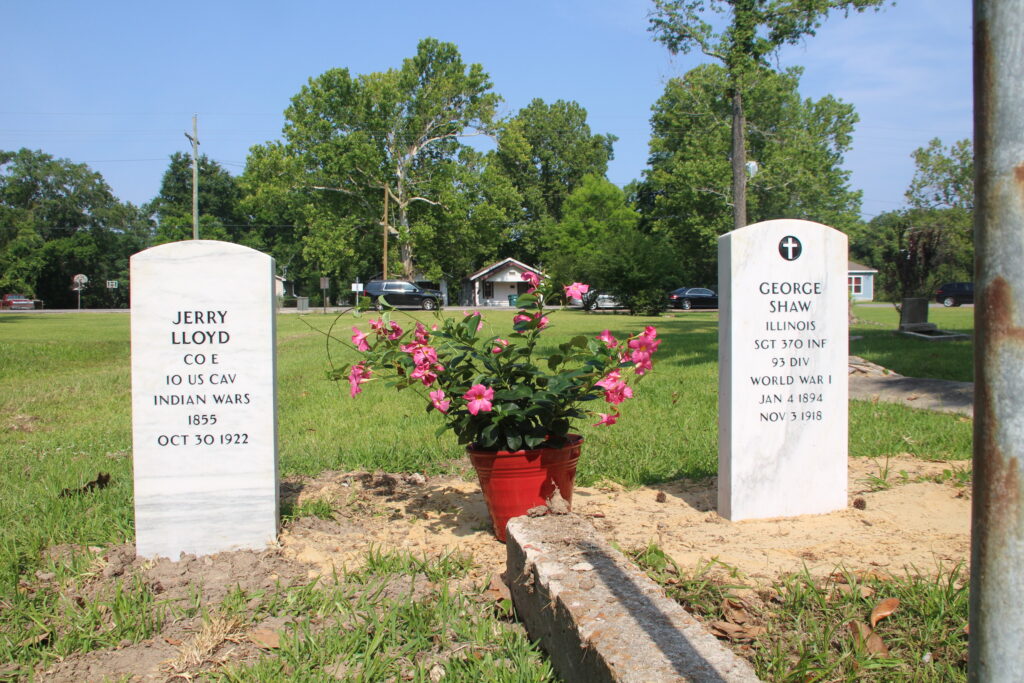
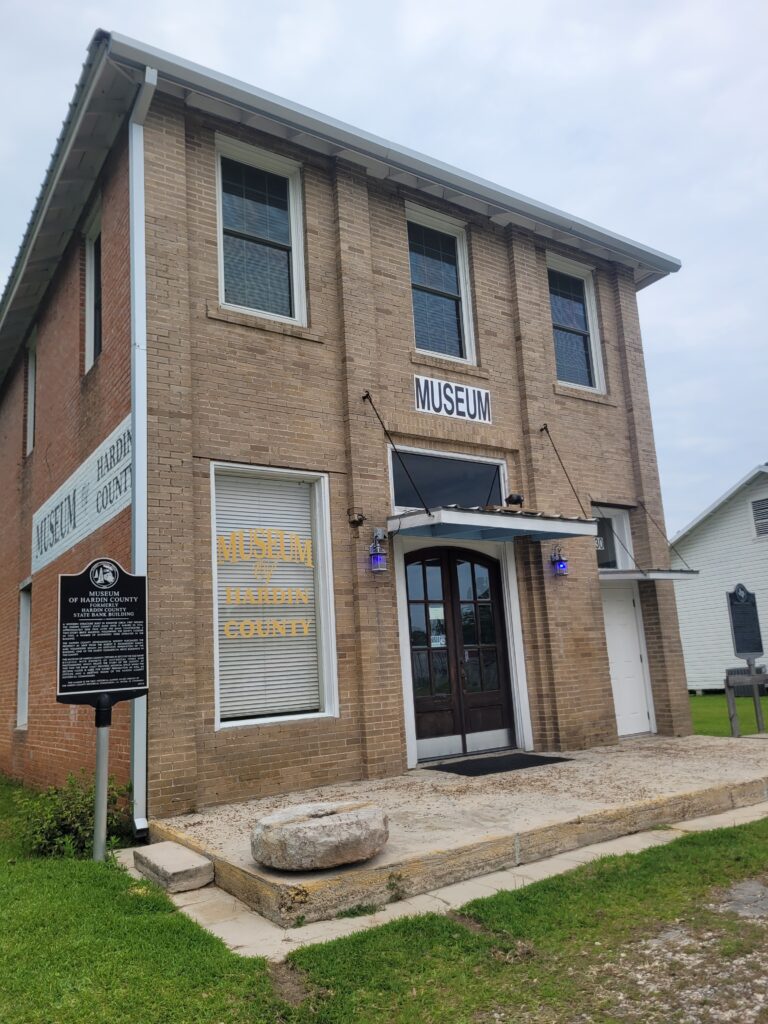
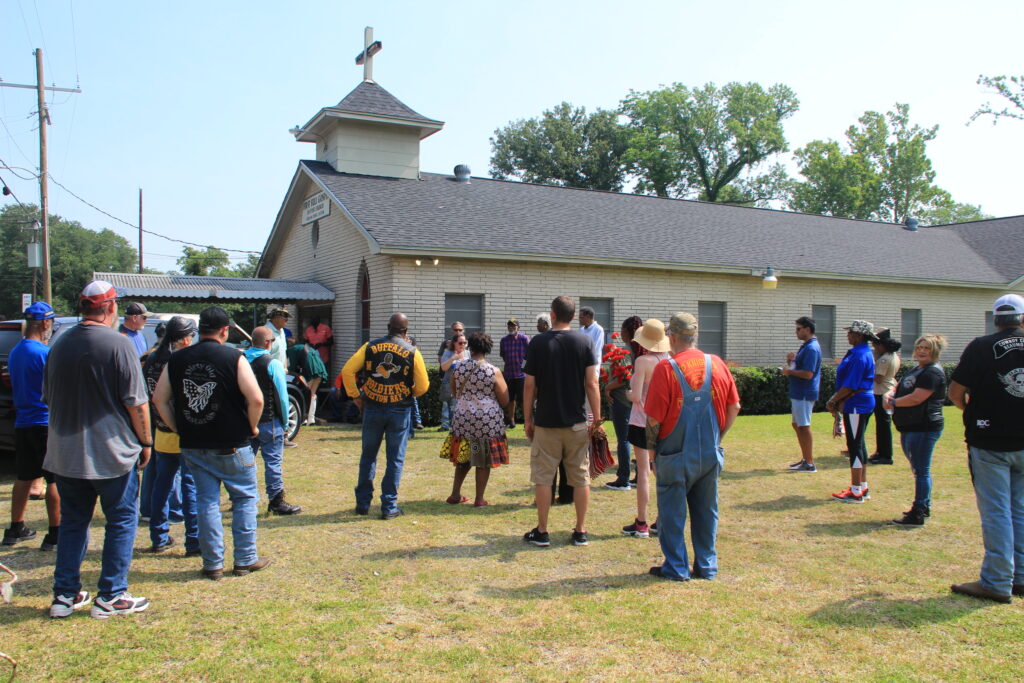

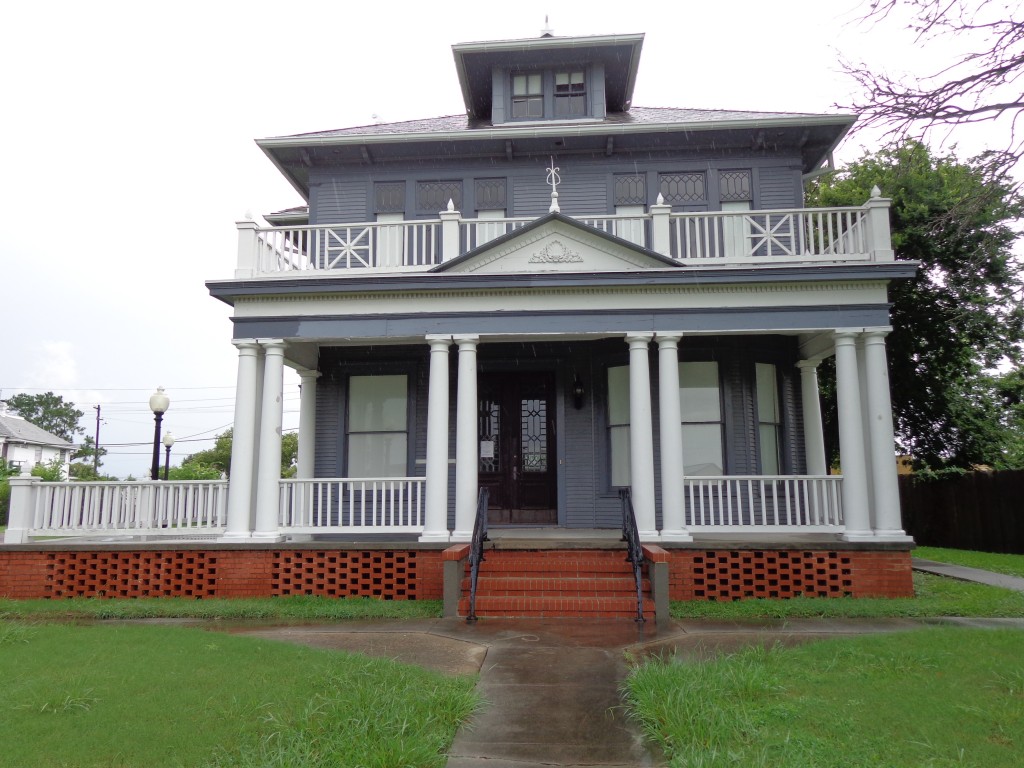

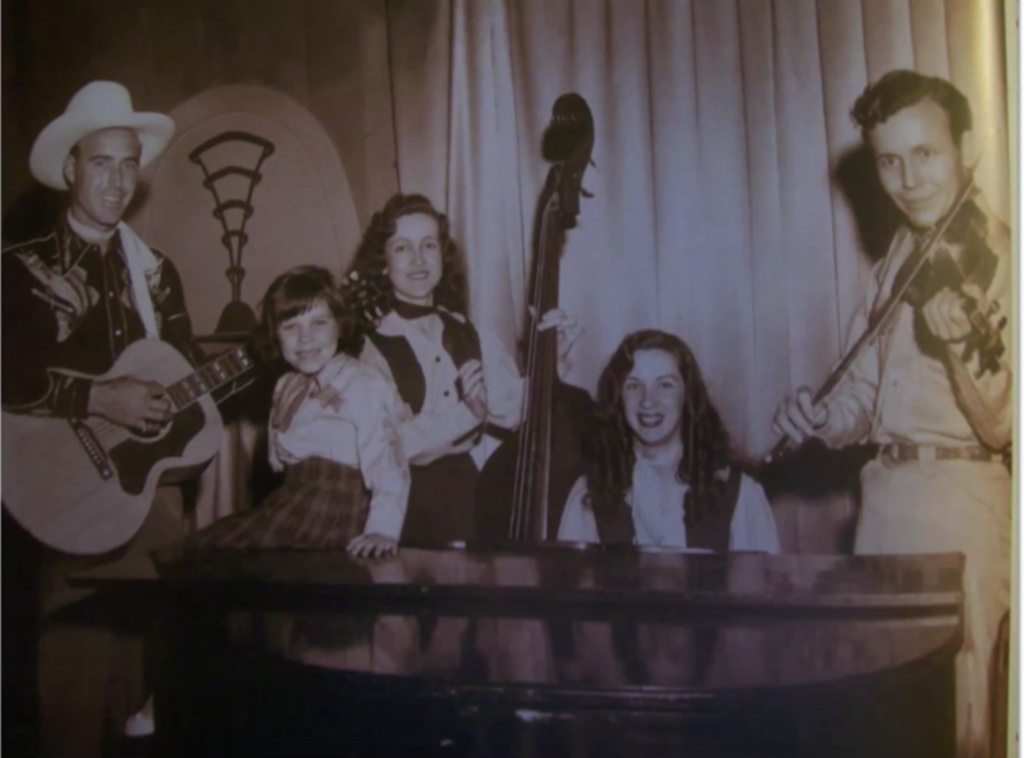
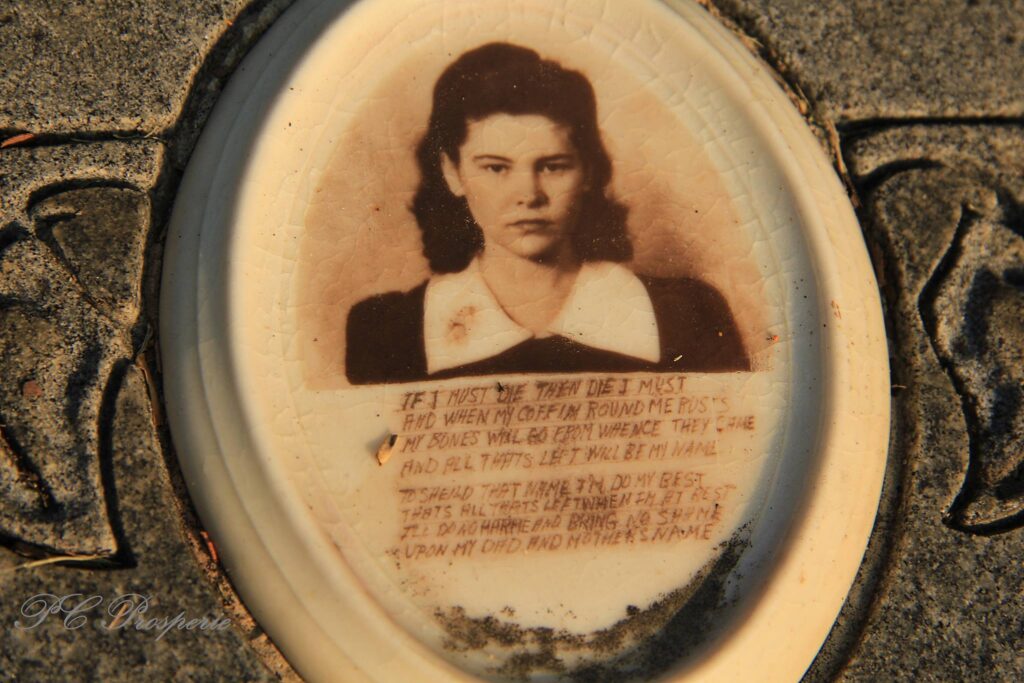
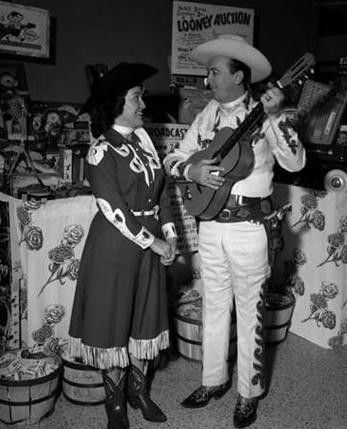
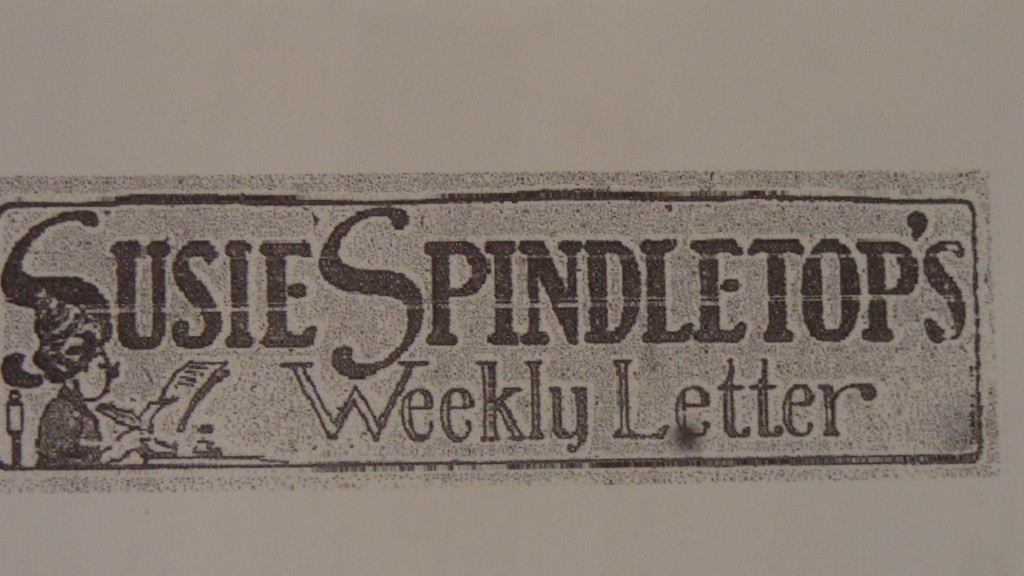
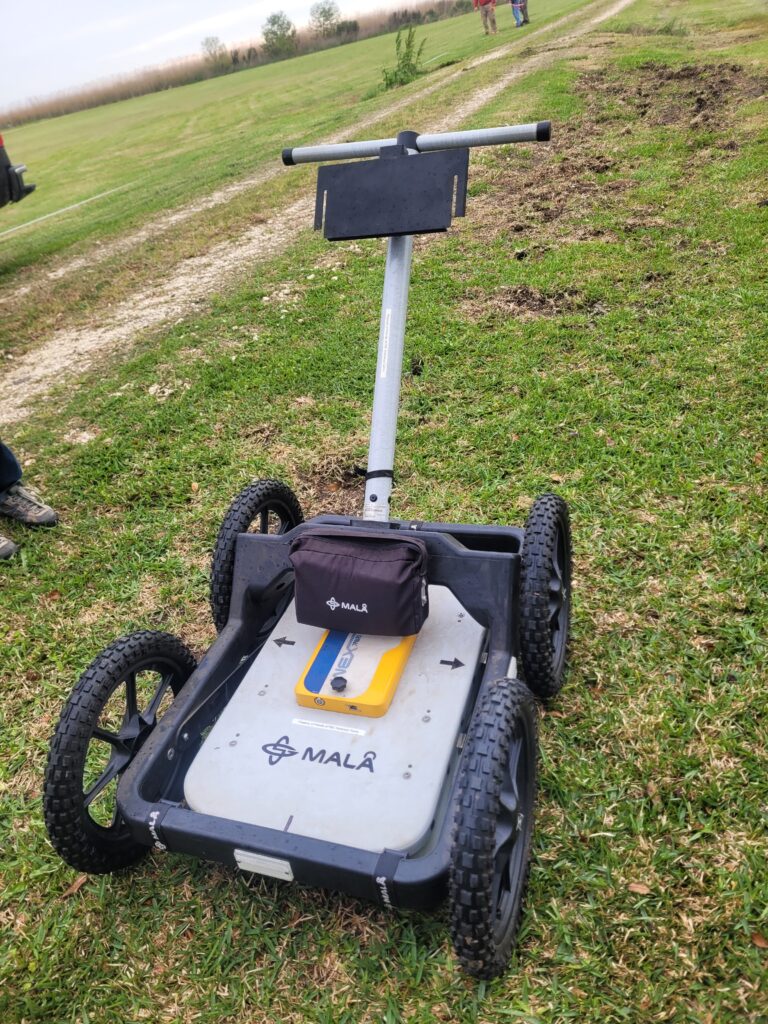

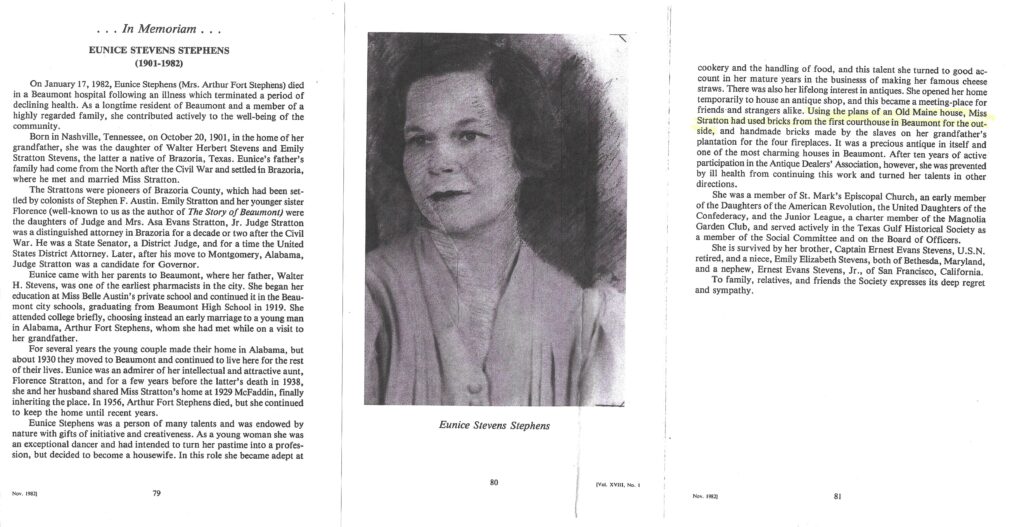
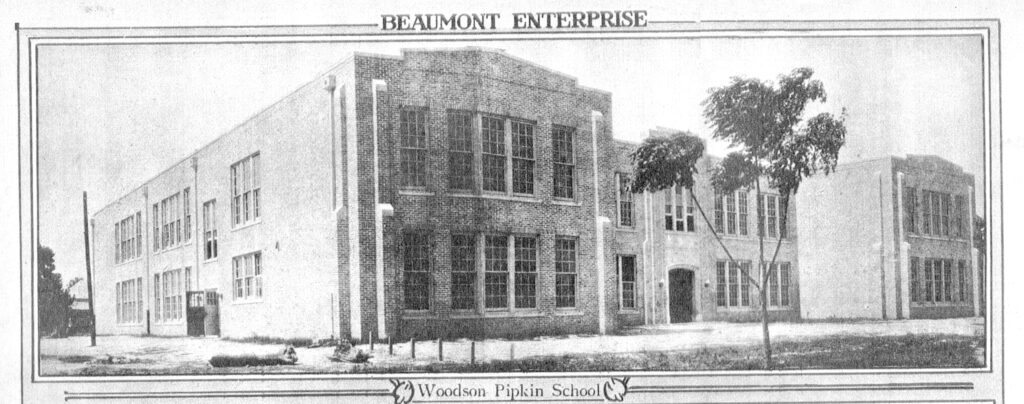


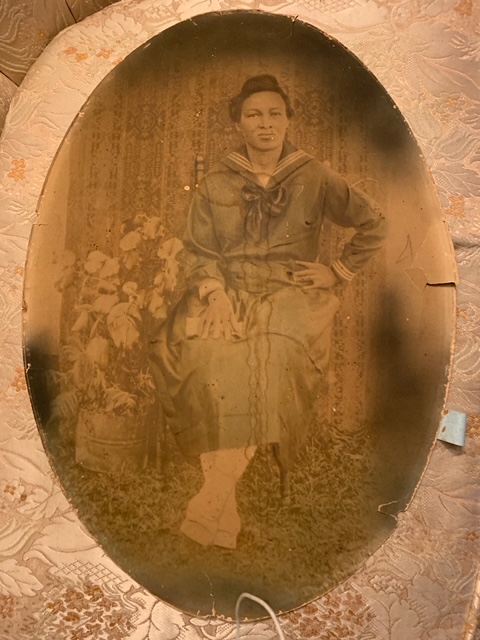
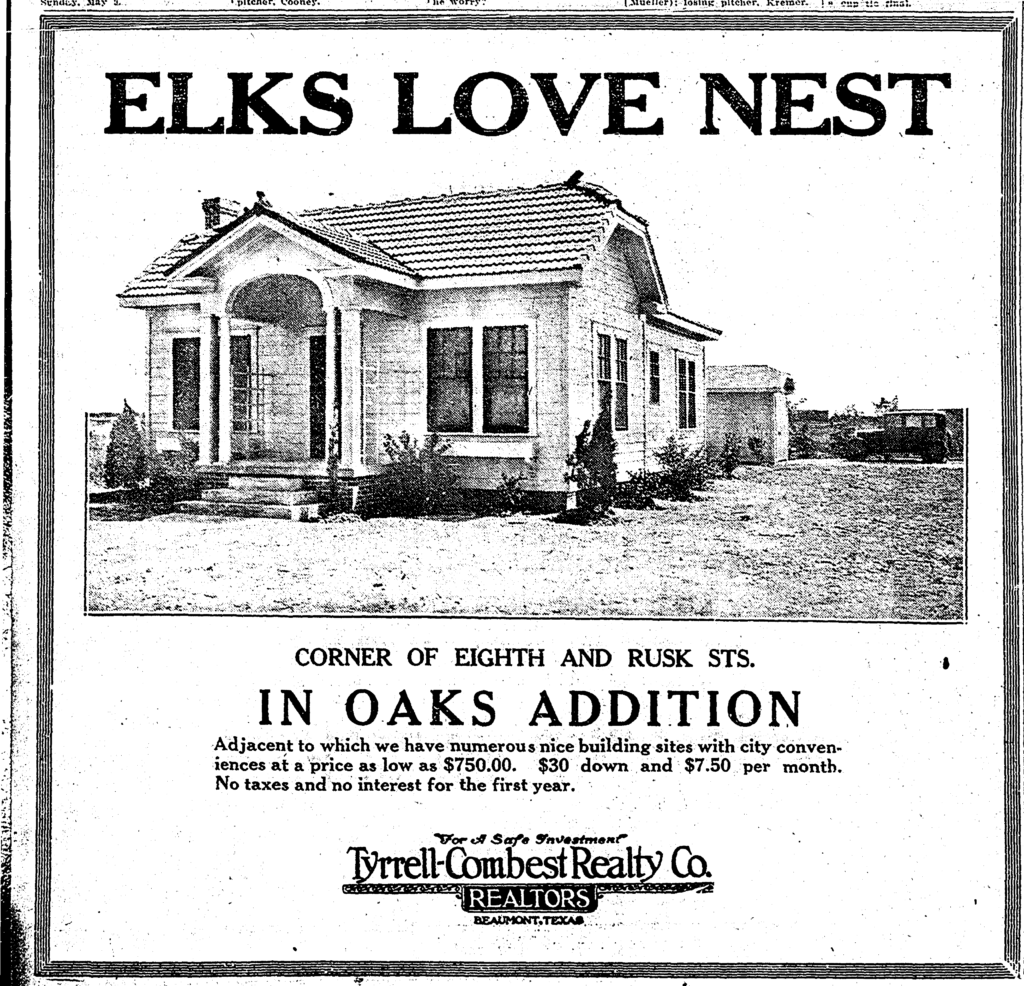
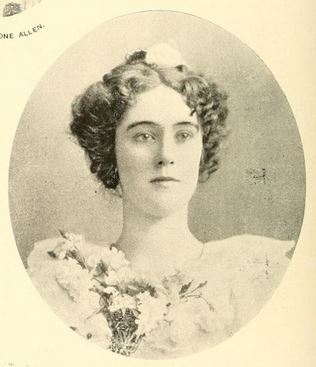
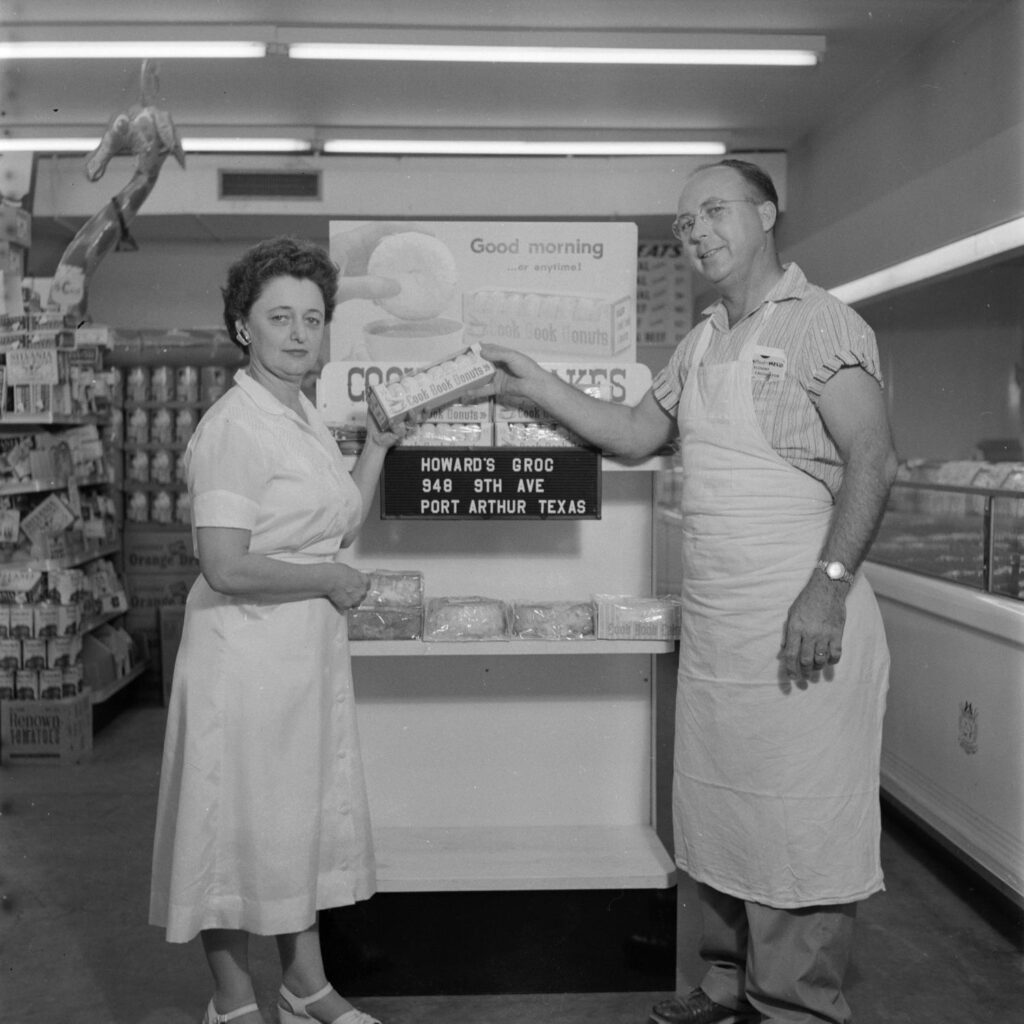
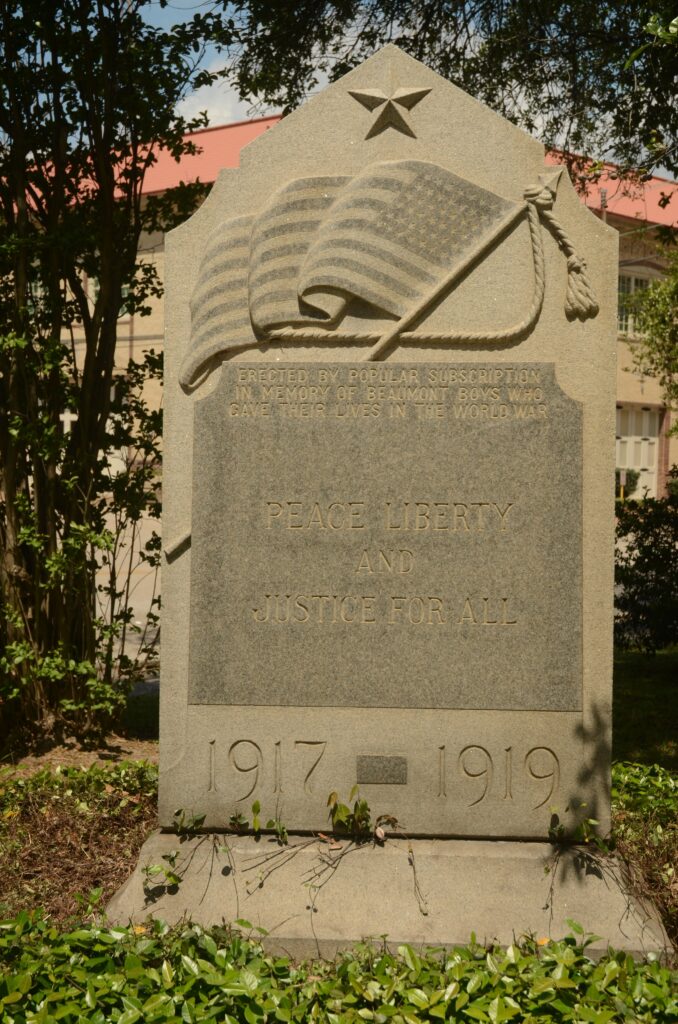
You must be logged in to post a comment.